Component-based development (CBD) has been around for years. Anyone who has
been a developer for any length of time has no doubt leveraged some form reuse
in an application.
It may have been as simple as using a Swing component on the form of a client
application. As with many areas of technology, software development and the
evolution of developer tools is marked not so much by huge, dramatic leaps
forward, but rather by constant innovation and improvement. When Sun
Microsystems first introduced the Enterprise JavaBean (EJB) specification in
1997, no one thought that managing persistence would be such a big deal. But a
big deal it was. Sun listened, and introduced Container-Managed Persistence
(CMP) in the EJB 2.0 specification.
More recently, BEA has listened to its customers and provided an integrated
development environment for the WebLogic platform that goes a long way toward
facilitating effective CBD: BEA WebLogic Workshop. Over the course of this
article, I'm going to talk about some of the challenges you face when utilizing
components in Enterprise Java development and how the process can be simplified
by utilizing the BEA control framework.
Planning
The time to think about how to leverage reuse in your application is at the
project-planning phase. As with most aspects of software development, proper
planning is essential to success. Once the program requirements are established,
the first thing you should do is look in your repository and identify component
candidates that can possibly be leveraged. In addition to providing the required
functionality, the component must also meet the technical requirements of your
application. As you go through the planning stages, be prepared with the answers
to some very specific questions: Is the application intended to be Web based?
Will a JavaServer Pages application in conjunction with servlets be adequate, or
should you also include Web services for scalability and cross-platform
flexibility? Are you building a distributed, thin-client app? Will this need the
scalability and/or ease of deployment/updating provided by EJBs?
Assuming that your component repository is well documented, you should have
no trouble identifying which components will be useful once these questions are
answered and the program requirements are established. In many cases, the amount
of "glue code" needed to integrate the component into the new project will be
minimal. In other cases, there may be a fair amount of work involved. If that
work estimate exceeds the amount of time it took to create the component
originally, you won't see any reuse cost avoidance and you'll need to either
look for another component or create one from scratch.
Another part of the planning process is determining what development
environment you will use to create the individual pieces of your application.
You have some flexibility here. For instance, when building an n-tier
distributed app, you will probably use an IDE such as JBuilder for the client
portion. You might use JBuilder for the server-side development as well, or you
might decide to go with WebLogic Workshop.
WebLogic Workshop and the BEA Control Framework
BEA WebLogic Server is a powerful platform for Enterprise Java development.
BEA WebLogic Workshop is tightly integrated to provide an integrated development
and testing environment for Web services (and, soon, Web applications) for the
WebLogic platform. As such, it is important for you to consider the added
benefits that the BEA control framework provides.
For example, let's assume that as a result of your project planning, you have
identified several EJB components that you wish to leverage in your new project.
By taking advantage of WebLogic Workshop and the BEA control framework, as well
as the inherent flexibility of the J2EE platform, you can create a distributed,
scalable, back-end system that supports a variety of client deployments,
including a Web application, a thin-client Java application, cross-platform
deployment, and more!
To demonstrate this, I'm going to take you through some sample applications
that utilize EJBs to provide back-end business logic. We'll also look at how the
BEA control framework simplifies the process of integrating these EJBs into our
Web services and Web applications.
Note: The sample applications referenced here come packaged with WebLogic
Workshop. This allows me to focus on the component-specific aspects within the
broader context of a JWS project and enables you to reference the sample
projects in your own Workshop environment and experience a working demo.
Entity Beans
Entity beans represent data. They are usually mapped either to records of a
relational database or to objects of an object-oriented database. They are
transactional in that changes to their state typically occur within the context
of a transaction. An instance of an entity bean may be referenced by multiple
clients. The container--in this case WebLogic Server--is responsible for
ensuring that the data in the bean and the corresponding database are
synchronized. Figure 1 shows the sample project, "AccountEJBClient.jws", loaded
into WebLogic Workshop. As you can see, Workshop has wrapped the bean as an EJB
control and has implemented control interfaces that map to corresponding EJB
methods.
[FIGURE 1 OMITTED]
If we were using this bean in another environment, we would have to go
through a bit of a process in order to use it. First, we would have to look up
the EJB in the JNDI registry and obtain the home interface. Next, we would need
to obtain an instance of the EJB. Finally, we could invoke its methods. While
this is by no means a difficult or complicated process, utilizing the control
framework makes instantiating and accessing the bean even simpler. All we have
to do is add a new EJB control (see Figure 2), point to the EJB (see Figure 3),
and we're done. As you can see, once you've browsed to the EJB, Workshop
automatically finds the home and remote interfaces. It takes every method of the
bean and creates a corresponding control interface. It creates a corresponding
control file (.CTRL) for each control created. Listing 1 shows the control file
for this EJB control.
[FIGURES 2-3 OMITTED]
Listing 1
package ejbControl;
import weblogic.jws.*;
import weblogic.jws.control.*;
/**
* @jws:ejb home-jndi-name="ejb20-containerManaged-AccountHome"
* @editor-info:ejb home="AccountEJB.jar" bean="AccountEJB.jar"
*/
public interface AccountEJBControl
extends examples.ejb20.basic.containerManaged.AccountHome, //
home interface
examples.ejb20.basic.containerManaged.Account, //
bean interface
weblogic.jws.control.EntityEJBControl // control
interface
{
Note: Some controls can be modified by editing the CTRL file. Do not edit an
EJB's CTRL file. It is created by Workshop based upon information it obtains
from the EJB's code.
Now that the control has been created, it automatically handles the J2EE
plumbing such as instantiating and destroying the bean, accessing the methods,
and the like. Please remember that you must have a local copy of the EJB's JAR
file in the WEB-INF\lib directory of your Workshop project in order for Workshop
to discover the EJB's home and remote interfaces.
Listing 2 shows how WebLogic Workshop accesses the EJB and is the code for
the createNewAccount operation. It calls the Create method of the EJB control
(which wraps the J2EE interfaces of the EJB's Create method). As you can see,
Workshop has done the work of specifying the method parameters as well as
putting in exception handling. Since this is a simple "Web Service method to EJB
method" mapping, there is little else to do (assuming you trust the
functionality of the EJB). However, you can add custom validation code here if
you wish.
Listing 2
/**
* Invokes the target EJB's create method and returns
the result.
*
*
* - key is the account identifier (must be unique for
each account).
* - openingBalance is the starting balance of the
account.
* - type is the account type, e.g. "checking" or
"savings".
*
*
* @return A String describing the result of the account creation.
*
* @jws:operation
*/
public String createNewAccount(String key, double openingBalance,
String type)
{
try
{
/** We can add custom validation code here
* if we so desire, prior to calling the
* create method.
*/
account.create(key, openingBalance, type);
}
catch (CreateException ce)
{
/** We can put code to process the exception
* here (or below), prior to returning the
* error message.
*/
return "Error " + ce.getLocalizedMessage();
}
catch (RemoteException re)
{
return "Error " + re.getLocalizedMessage();
}
return "Successful";
}
标签:
本站文章除注明转载外,均为本站原创或翻译。欢迎任何形式的转载,但请务必注明出处、不得修改原文相关链接,如果存在内容上的异议请邮件反馈至chenjj@evget.com

 首页
首页 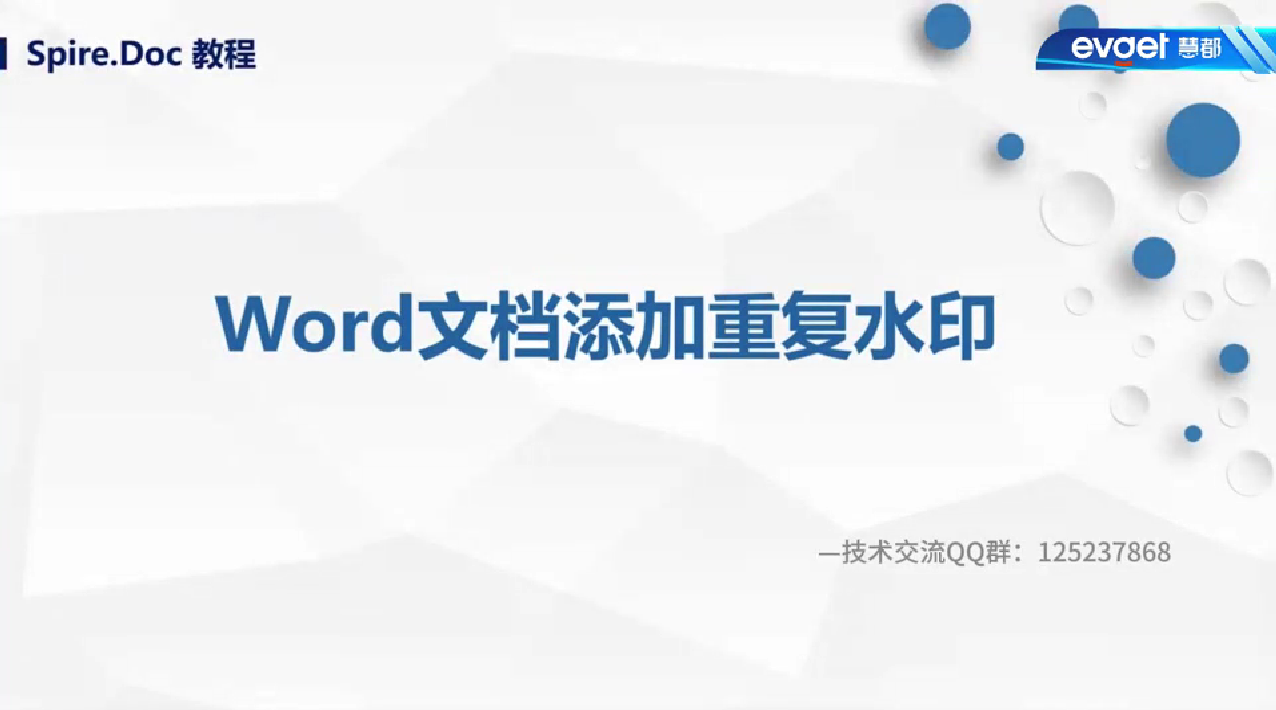
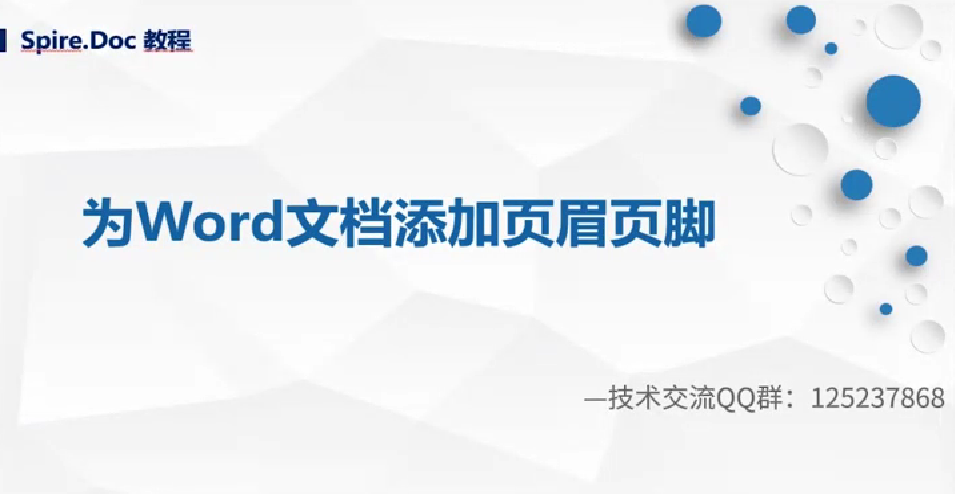
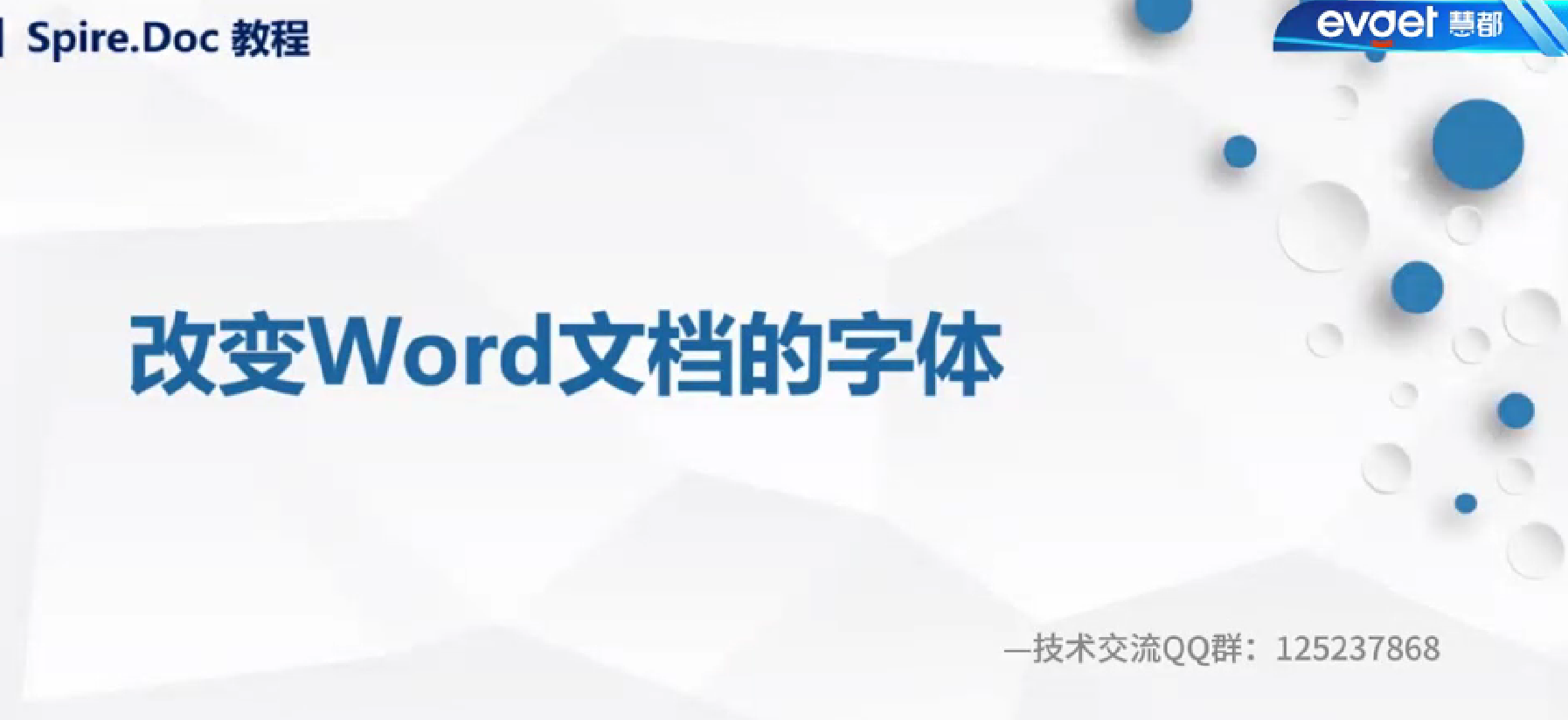

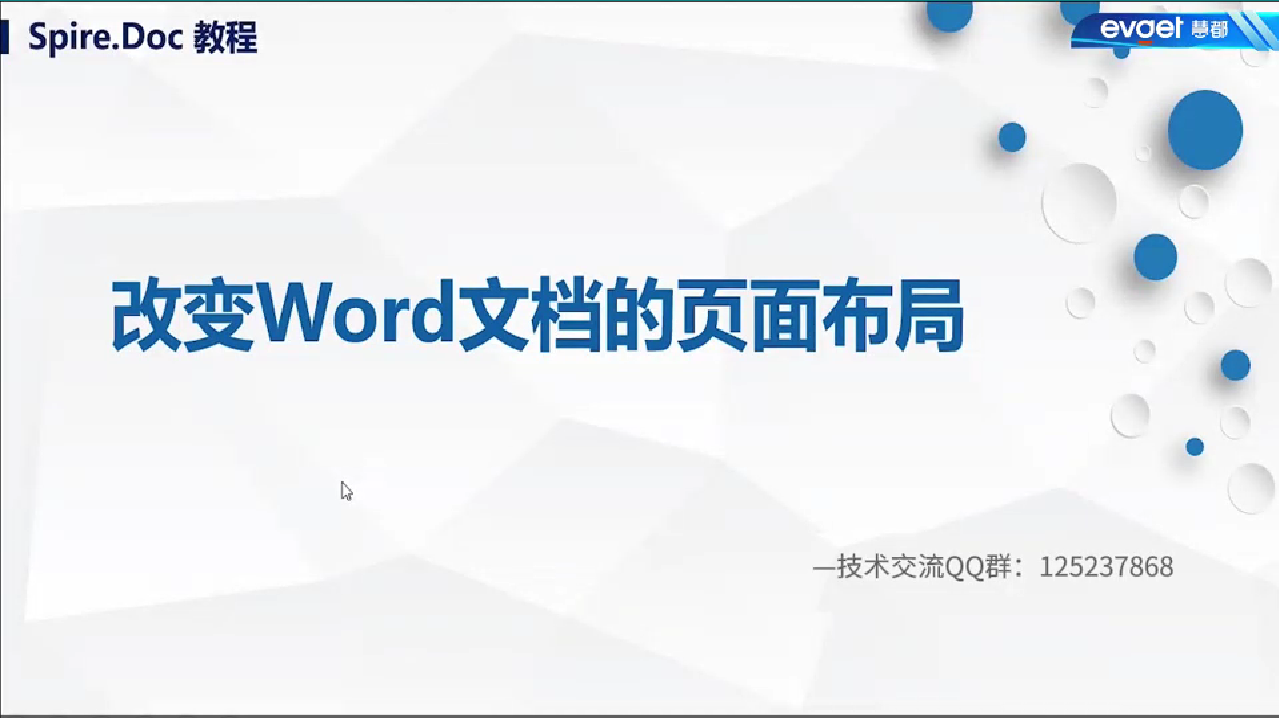




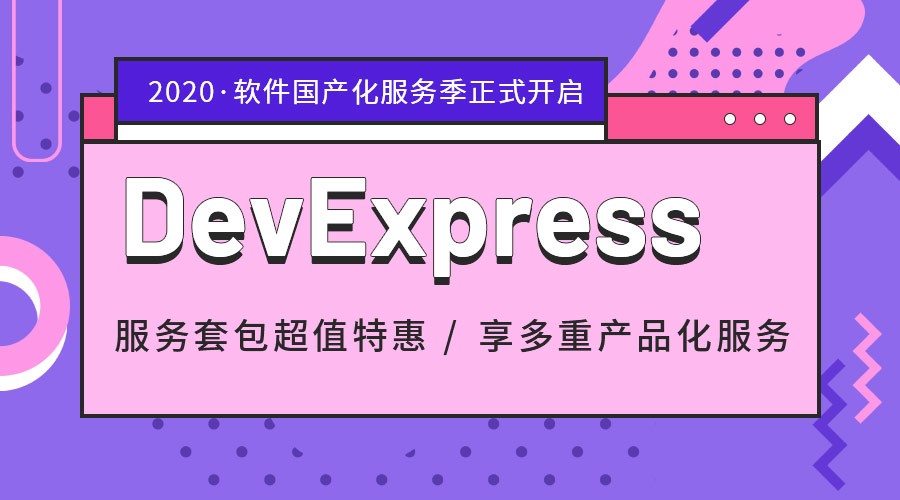

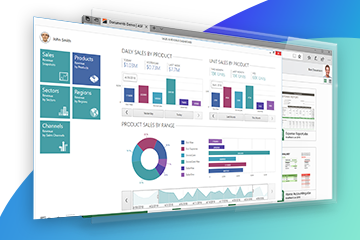




 273次
273次
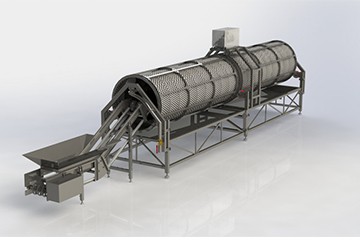

 相关文章
相关文章 

 在线咨询
在线咨询


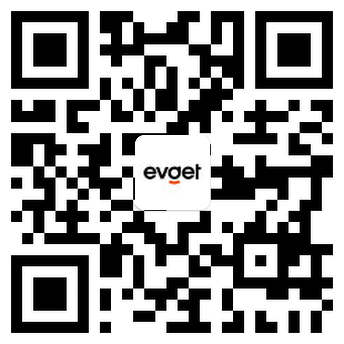

 渝公网安备
50010702500608号
渝公网安备
50010702500608号

 客服热线
客服热线